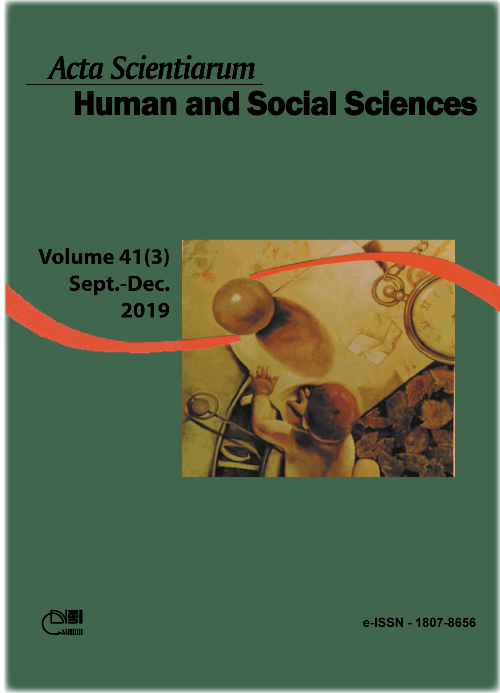Conviction and responsibility in Max Weber from the theory of the irrationality of the erotic sphere
Abstract
The question of rationalization of all walks of life is in Weber a central theme that permeates throughout his analysis of society. The great contradiction of modernity lies in the fact that their individual emancipation promises are held in the rationalization process that has not provided as a result the risk of turning into a new servitude. The problem of formation of autonomous and rational individuals is its paradox in the promise of freedom from religious and magical senses, but from submission to a new and inescapable ‘iron cage’. The irremediable opposition between ethics of conviction and ethics of responsibility has become a classic reading key that leads to Weberian theory resignation forward the rationalization of all walks of life. However, Weber himself moves this understanding when he realizes that eroticism and physicality, as other spheres, have spaces of autonomy that are confronted tirelessly to impersonal powers with rationalizing ambitions. This perspective considers the contradictory movements of modern reason, and this tension allow another articulation of the theory of erotic sphere of irrationality that leads to an innovative understanding of the ethical paradox. From the literature review of studies of texts and revisions that Weber proposed in the late 1910s, it is argued that puts the erotic as element of tension between conviction and responsibility in the possibilities of ‘redemption intramundane’. The hypothesis is that, from the issues of corporeality and eroticism, Weber uses its analytical framework no longer to overcome the paradoxes between conviction and responsibility, but you want to understand them in their ambiguity, placing in other words the conclusions about the possibility of some off the ‘iron cage’.
Downloads
DECLARATION OF ORIGINALITY AND COPYRIGHTS
I Declare that current article is original and has not been submitted for publication, in part or in whole, to any other national or international journal.
The copyrights belong exclusively to the authors. Published content is licensed under Creative Commons Attribution 4.0 (CC BY 4.0) guidelines, which allows sharing (copy and distribution of the material in any medium or format) and adaptation (remix, transform, and build upon the material) for any purpose, even commercially, under the terms of attribution.
Read this link for further information on how to use CC BY 4.0 properly.























